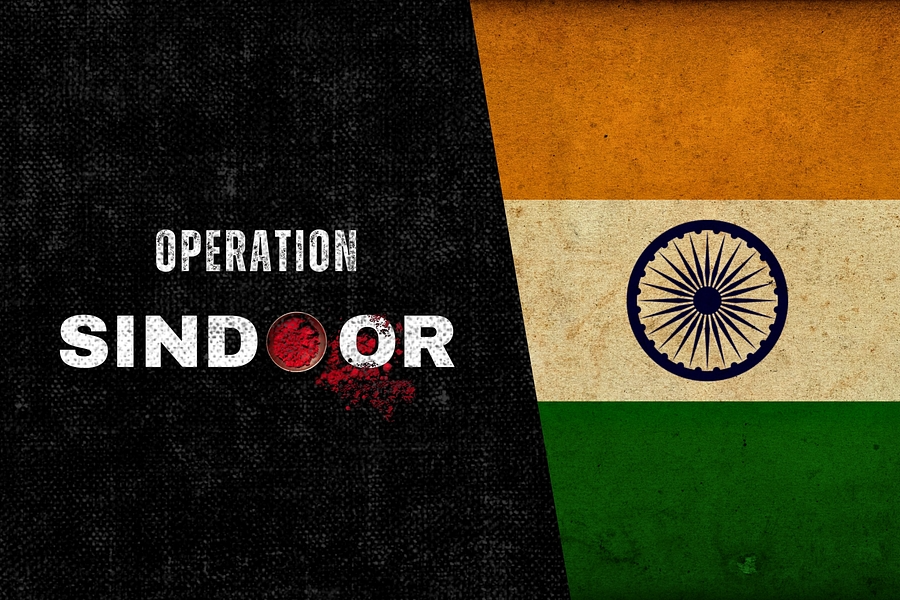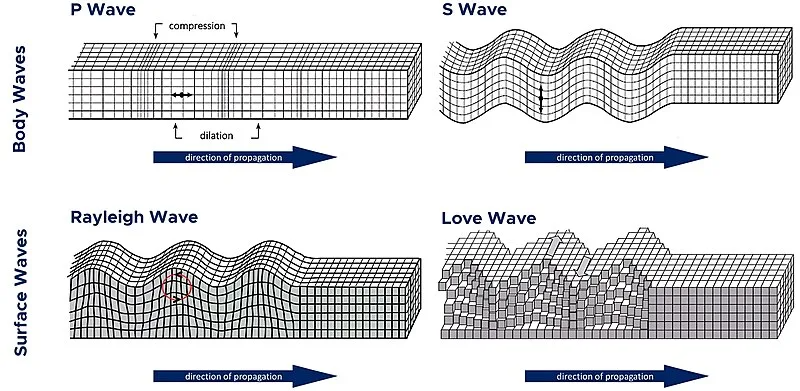July 23rd Current Affairs
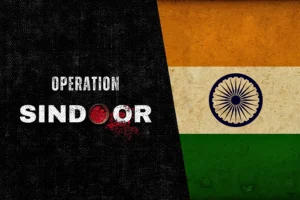
Operation Sindoor
July 21st Current Affairs Home / Operation Sindoor Why in News? Parliament’s Monsoon Session, starting July 21, 2025, is expected to feature

Alaska Earthquakes
July 21st Current Affairs Home / Alaska Earthquakes Why in News? On July 21, 2025, Alaska Peninsula was struck by

August 2, 2027 Solar Eclipse
July 21st Current Affairs Home / August 2, 2027 Solar Eclipse Why in News? A total solar eclipse is set
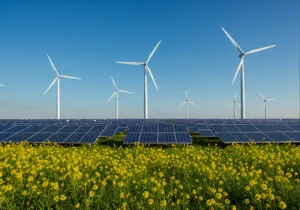
India’s milestone in clean energy transition
July 21st Current Affairs Home / India’s milestone in clean energy transition Why in News? India achieved a milestone by

‘Baby Grok’, child-friendly AI app
July 21st Current Affairs Home / ‘Baby Grok’, Child-friendly AI app Why in News? Elon Musk’s AI company xAI has announced
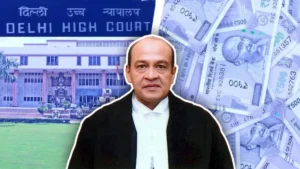
Impeachment proceedings against Justice Yashwant Verma
July 22nd Current Affairs Home / Impeachment proceedings against Justice Yashwant Verma Context On July 22, 2025, impeachment proceedings against
BRICS and its emerging global role
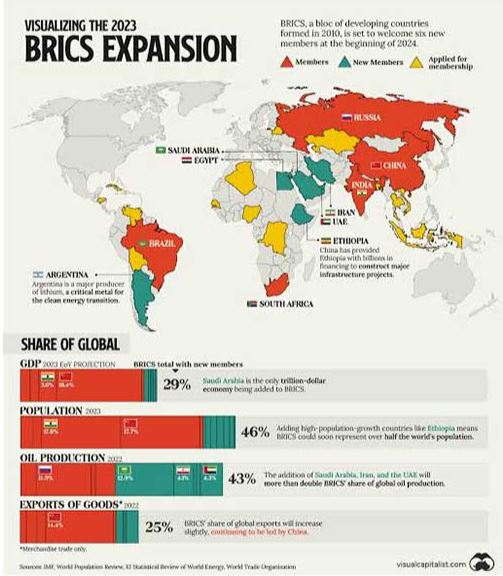
Context
The 2025 BRICS summit in Brazil signaled a steady but strategic shift in global geopolitics. Though devoid of dramatic headlines, the summit reinforced BRICS’s quiet but persistent challenge to the Western-led liberal international order, especially regarding global finance, trade rules, and developmental institutions. From de-dollarisation to institution-building, BRICS is asserting the need for a multipolar world where Global South countries have a larger say.
History
- Formed in 2009 (originally as BRIC), with South Africa joining in 2010.
- Conceived as a platform for emerging economies (Brazil, Russia, India, China, and South Africa) to push back against a post-World War II order built by the West.
- Over time, it evolved from a symbolic group into a functional geopolitical and economic bloc.
- The New Development Bank (NDB) and Contingent Reserve Arrangement (CRA) were key milestones in institutional development.
Reasons for Formation of BRICS
- Global Inequality: Uneven representation in institutions like the IMF, World Bank, and UNSC.
- Dollar Dependence: Vulnerability to US-led sanctions and financial exclusion (e.g., SWIFT restrictions).
- Alternative Vision: Desire to promote development models not anchored in Western liberal norms.
- Global South Leadership: Offer a collective voice for the underrepresented majority of the world.
Aims of BRICS
- Promote economic cooperation among emerging economies.
- Reform global governance institutions to reflect 21st-century realities.
- Enhance South-South cooperation in development, technology, and sustainability.
- Advance de-dollarisation through local currency trade and a potential BRICS currency.
- Offer non-conditional loans via NDB, unlike IMF or World Bank.
Why the West Is Taking BRICS Seriously
- Growing economic clout: BRICS now represents over 40% of global population and about 25% of global GDP.
- Moves toward de-dollarisation threaten US financial dominance.
- BRICS platforms like NDB offer alternatives to Western-dominated institutions.
- The group is increasingly institutionalised, signaling long-term ambitions.
- Post-Ukraine war, BRICS has become an attractive platform for countries wary of Western sanctions.
Role of Stakeholders
- China: Financial powerhouse, promotes alternatives to Western norms.
- Russia: Seeks to break Western isolation post-Ukraine.
- India: Bridge between the West and Global South, promoting multipolarity without confrontation.
- Brazil & South Africa: Represent democratic Global South voices, push for inclusivity and equity.
Definition of Technical Terms
- De-dollarisation: Reducing dependency on the US dollar in global trade and finance.
- SWIFT: Society for Worldwide Interbank Financial Telecommunication — a global messaging network for financial transactions.
- Multipolarity: A world order where multiple powers share global influence, not dominated by one or two blocs.
Impacts
On the World
- Shifting toward multipolarity, reducing US-led dominance.
- Greater development choices for low-income countries.
- Rise of new financial ecosystems (local currency trade, NDB loans).
On India
- Leverages BRICS for strategic autonomy.
- Balances relations with China and Russia while maintaining ties with the West.
- Promotes leadership in Global South, advocating for UNSC reforms and fairer global trade norms.
Challenges Faced by BRICS
- Internal Disparities: India-China tensions; Russia’s diplomatic isolation.
- Ideological Diversity: Democratic vs. authoritarian models within BRICS.
- Limited Institutional Capacity: NDB still small vs. Bretton Woods institutions.
- Lack of Consensus on expansion, currency, and geopolitical strategy.
Way Forward
- Institutional Strengthening: Empower NDB, create BRICS rating agency.
- Financial Innovation: Pilot local currency trade platforms.
- Bridge Building: Use India, Brazil, and South Africa to attract neutral or non-aligned states.
- Geopolitical Dialogue: Manage internal conflicts like China-India tension through BRICS diplomacy.
- Engage Global South: Expand membership and support developmental needs.
Prelims MCQ
Q. Consider the following statements regarding BRICS:
- The New Development Bank (NDB) provides loans in local currencies to reduce dollar dependence.
- BRICS proposes to create its own credit rating agency to counter Western dominance.
- All BRICS countries follow the same political system and development model.
Which of the above statements is/are correct?
A. 1 and 2 only
B. 1 and 3 only
C. 2 and 3 only
D. 1, 2, and 3
Answer: A. 1 and 2 only
Explanation:
- Statement 1 is correct: NDB has started issuing loans in local currencies like yuan, rupee, and rand to reduce reliance on the dollar.
- Statement 2 is correct: BRICS has discussed setting up a credit rating agency as an alternative to Moody’s, S&P, etc.
- Statement 3 is incorrect: BRICS includes a mix of democracies (India, Brazil, South Africa) and authoritarian states (China, Russia).
Mains Question
Q. Examine how BRICS is challenging the existing Western-dominated liberal international order. What role can India play in reshaping the global governance system through its engagement in BRICS? (250 words)



